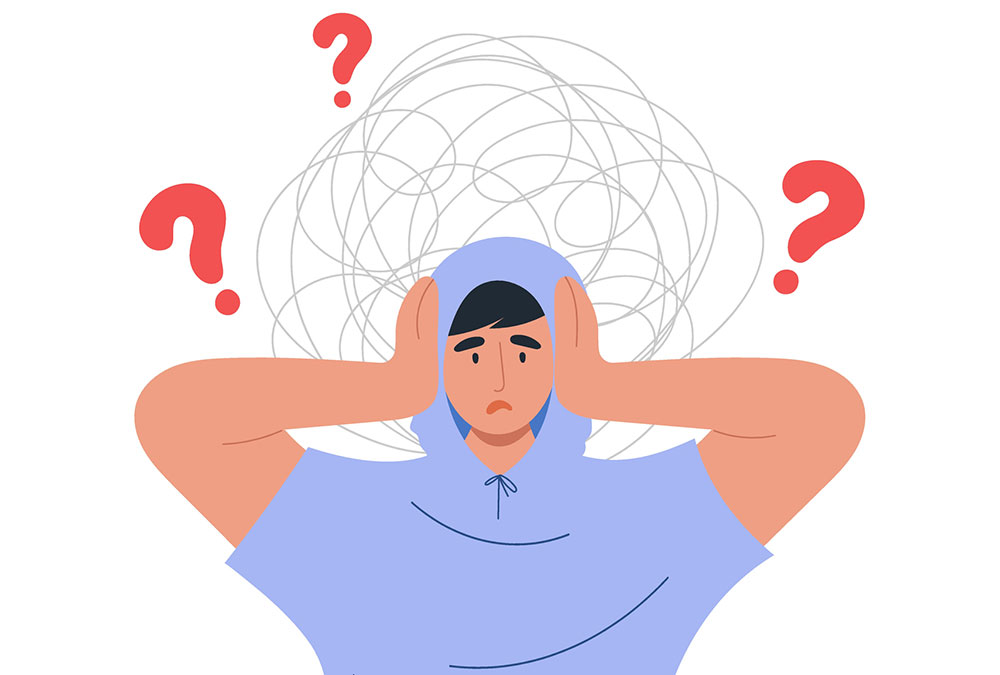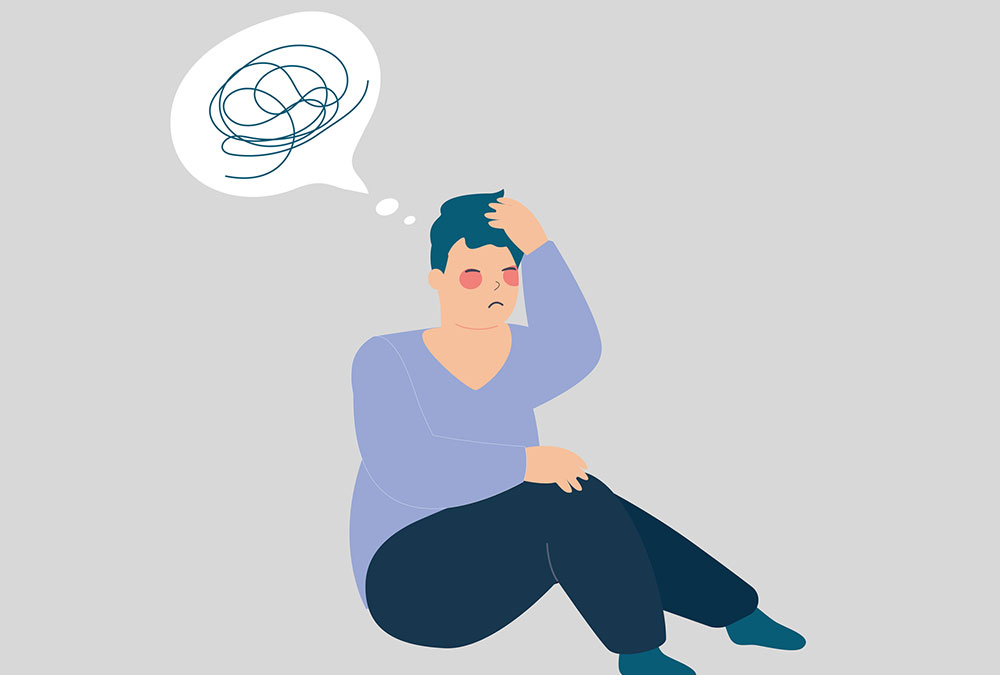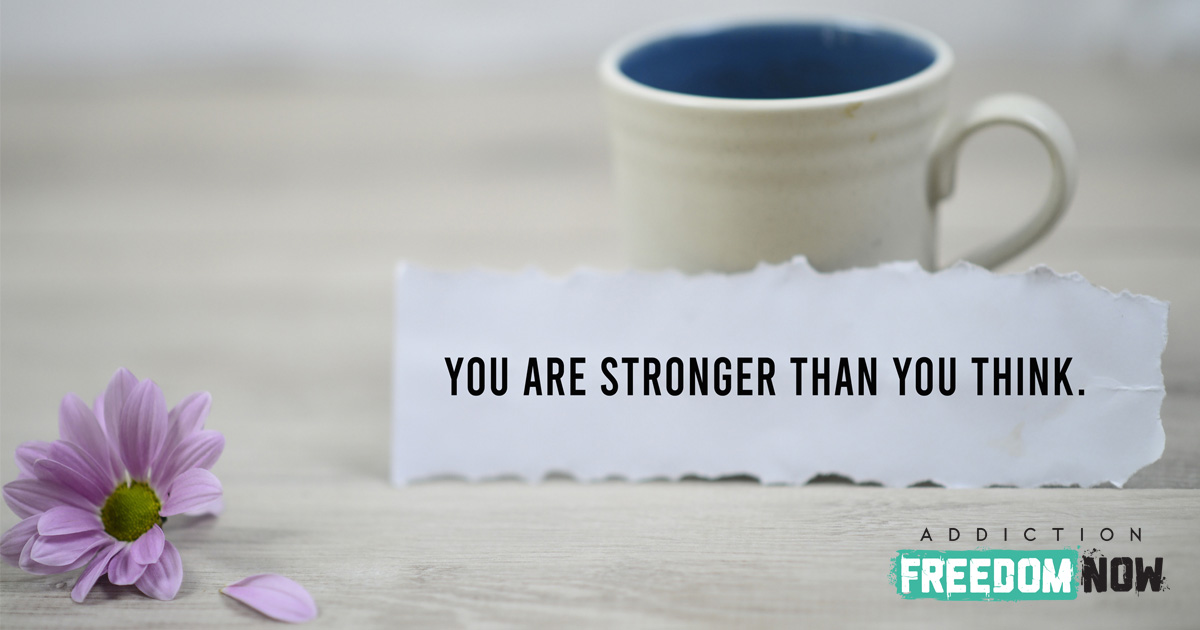There is a weighty body of scientific evidence that says trauma—childhood trauma in particular—correlates strongly to addiction. In fact, researchers now say that lifetime trauma incidence is the single best predictor of addiction.[1]Garami, J., Valikhani, A., Parkes, D., Haber, P., Mahlberg, J., Misiak, B., … & Moustafa, A. A. (2019). Examining perceived stress, childhood trauma and interpersonal trauma in individuals … Continue reading This trauma-to-addiction pipeline is so well established that the “traumatized addict” is now a popular trope in television, film, and literature, (although one that is often still portrayed with a cartoonish lack of sensitivity). So, how do we unravel the complex links between trauma and addiction? More importantly, how can we use that information to break the deadly cycle of dependence and abuse for ourselves or our loved ones who have already experienced trauma?
Trauma and Addiction: Understanding the Connection
The hard science linking trauma to addiction can be traced back to the mid-90s and a groundbreaking 1998 study of Adverse Childhood Experiences, or “ACEs,” in particular. These ACEs were defined by the researchers as traumatic events that occurred in someone’s life up to the age of 18.
The researchers found an undeniable correlation: as the number of ACEs went up, so did the likelihood that the subject would struggle with addiction and other serious issues.[2]Felitti, V. J., Anda, R. F., Nordenberg, D., Williamson, D. F., Spitz, A. M., Edwards, V., & Marks, J. S. (1998). Relationship of childhood abuse and household dysfunction to many of the leading … Continue reading Further research has only strengthened the link between ACEs and addiction. For example, subjects who report four or more ACEs are three times more likely to have issues as adults when it comes to managing their relationship with alcohol.[3]Zarse, E. M., Neff, M. R., Yoder, R., Hulvershorn, L., Chambers, J. E., & Chambers, R. A. (2019). The adverse childhood experiences questionnaire: Two decades of research on childhood trauma as a … Continue reading Links to problem gambling and other manifestations of addiction have also been scientifically established through research focusing on ACEs.
To this day, many schools, researchers, medical systems, and community action initiatives continue to use the ACEs model to measure and predict the risk for addiction, poverty, and other trauma-linked issues in both individuals and communities.
What Are ACEs?
Trauma is a deeply personal concept, and Adverse Childhood Experiences can take many forms.
Some of the most common categories of childhood trauma include:
- Physical abuse
- Emotional abuse/bullying
- Sexual abuse
- Neglect
- Death of a parent
- Abandonment by a parent
- Exposure to violence in the household
- Living with family members with certain types of mental illnesses
How Does Trauma Contribute to Addiction?
Being able to identify and measure Adverse Childhood Experiences is important. So is understanding that they can contribute to someone’s risk for addiction, even much later in life. But to disrupt that link in an actionable way, we need to understand how it works.
Is there a link between trauma and addiction? Absolutely. That much is no longer up for debate in any serious scientific, psychological, or medical discussions. While old-school experts used to ask “what are the 3 things that can cause addiction” it is now clear that trauma—and how it affects the brain and body—is another major component of addiction. Understanding why that link exists and what we can do about it is a much more difficult and nuanced matter.
Childhood Trauma and Addiction: An Equation With Many Variables

Unfortunately, knowing exactly how an Adverse Childhood Experience might manifest as addiction in adulthood is never quite as simple as just adding up Adverse Childhood Events. While the total number of ACEs does indeed remain one of the simplest methods available to predict someone’s risk for addiction, it is far more complex than that.
There are a huge number of variables involved, including:
- What type of trauma was experienced
- The duration of the traumatic event and whether it was a chronic (repeating) issue or a single occurrence
- The age of the child when the traumatic event was experienced
- Each person’s individual body, background, and personality (drug tolerance, family history of addiction, etc.)
- Support systems (or absence of support systems) in the aftermath of the traumatic event
- Class, cultural, and other predictors of addiction not directly related to ACEs
The potential manifestations of addiction and other trauma-linked outcomes are as varied as Adverse Childhood Experiences themselves. Trauma and recovery are extremely personal concepts, so each person’s journey may look different at every stage. We need to consider the nature of their traumatic event, its consequences, and their recovery from it.
While we can never know exactly how a specific traumatic event might affect someone later in life, we can identify unhealthy behavioral patterns and the methods by which trauma comes back years later as drug use, alcoholism, or other forms of addiction.
Stress: The Middleman Between Trauma and Addiction
One way researchers believe trauma works to disrupt our mental and emotional state (eventually leading to addiction) is by disrupting the human body’s ability to regulate stress effectively.
Our stress response is largely governed by something called the hypothalamic-pituitary-adrenal (HPA) axis. Your HPA axis is a major part of that well-known “fight or flight” system that pumps us full of adrenaline when we need to perform under pressure or find ourselves in a dangerous situation that warrants a quick and decisive response.
The human body’s ability to increase oxygen levels, awareness, readiness to act, and overall sensitivity to stimulus is usually a good thing — if you only need to rely on it once in a while. It can keep us out of danger, improve our focus in intense situations, or help us react as quickly as possible when we’re in trouble. Unfortunately, a prolonged or repeated stress response can disrupt your long-term mental, emotional, and physical health in a number of ways.[4]Bucci, M., Marques, S. S., Oh, D., & Harris, N. B. (2016). Toxic stress in children and adolescents. Advances in Pediatrics, 63(1), 403-428.
In addition to those feel-good effects like hyper-focus and improved bodily awareness, your HPA axis’s stress response also triggers an increased heart rate, rapid breathing, and increased blood pressure. That hyper-awareness is not so much a clear-headed mental state as it is a generally stressed-out feeling for most people. For many, hyper-awareness becomes a downright unpleasant sensation bordering on panic, depending on the person and the situation. All these responses are part of that useful “fight or flight” system, but all can be hard on your overall health when you experience them repeatedly.
Stress Is Especially Impactful on Children
The impact of stress can be especially harmful for the rapidly changing brain and body of a child. Imagine the potential damage done to a young child whose stress response is triggered by a threat of physical violence. Then, consider that the danger is never resolved because the threat is made repeatedly and comes from someone in the child’s own home.
Triggering the stress response in a child’s HPA axis might be healthy occasionally for preparing for a big test or playing in the district championships. However, when it’s repeatedly activated in association with negative and traumatic events, it can contribute to a life-long disruption in that child’s ability to manage and regulate stress.
When Traumatized Children Grow Up
When they grow into adulthood, these individuals may be lacking the ability to regulate their stress response naturally, becoming more prone to turning to alcohol or psychoactive drugs as a means of managing a state of near-constant stress. In essence, a prolonged or repeated stress response during the developmental stages of childhood risks “burning out” that stress response system. It then inhibits their ability to form a healthy, appropriate stress response through natural means in the future.
This sort of trauma-linked stress response dysfunction during childhood is not just an addiction indicator. It has also been linked to issues with emotional skills, cognitive development, increased risk of neurodegenerative diseases, production of oxytocin and serotonin, and even immune system health.[5]De Bellis, M. D., & Zisk, A. (2014). The biological effects of childhood trauma. Child and Adolescent Psychiatric Clinics, 23(2), 185-222. The connection to oxytocin and serotonin is particularly noteworthy, as these naturally occurring substances are implicated in a person’s overall mood and their ability to connect with other people on an intimate level. These, too, are areas where deficiencies might very well cause an adult to turn to drugs, alcohol, or other addictive behaviors.
The Developing Brain

It can seem paradoxical that childhood trauma typically has a more significant impact than adulthood trauma when it comes to leading to negative outcomes. Adulthood trauma is fresher, after all. Children suffer greater and longer-lasting impacts from trauma, however, because their brains are still developing and changing at a faster rate than an adult’s.
A developing brain is constantly building, re-enforcing, rerouting, and discarding neural pathways — essentially a complex web of connections that links your thoughts and makes your brain work. A child’s experiences, including traumatic adverse experiences, have a great impact on the way these connections are built and maintained. A healthy neural network is essential for basic bodily functions like speech and mobility.
Although these relationships between outside stimulus and connections within your brain tissue are obviously complex, healthy experiences tend to lead to healthy brains. Meanwhile, negative and traumatic experiences have been linked to cognitive, behavioral, and emotional issues throughout a person’s entire life.
Trauma to Addiction: The Cycle Explained
In review, let’s reduce this relationship to a few simple steps that make up the pattern of a typical journey from trauma to addiction:
- A child experiences a traumatic event that disrupts their stress response system.
- This disruption to the stress response system is significant enough that it has implications lasting into adulthood.
- The adult, lacking an ability to regulate stress effectively through naturally occurring chemicals, turns to drugs, alcohol, or other risky behaviors as a substitute.
- Drug users are statistically linked to an increased risk of further traumatic events, compounding the damage done and re-starting the cycle perpetually until the individual receives the necessary support and treatment
What Does Trauma-Related Addiction Look Like?
There is no single drug of choice for traumatized people. Just like everyone’s journey with trauma and recovery will look different, so will the associated addictions.
Traumatized persons and drug users can struggle with decision-making when they’re not feeling their best, so drugs are not always carefully chosen as a way to correct a specific issue. Sometimes a person’s battle with addiction begins when they are completely inexperienced and uninformed regarding drug use. However, they may feel that they need some sort of escape from their life. In this instance, they might turn to the substance that is most easily available in their household or community.
In other cases, addiction may depend on the deficiency the individual user is trying to compensate for. For example, someone who has been harmed by repeated exposure to violence might try using alcohol or sedatives to “take the edge off” their hyper-vigilant, stressed-out state. This is a common pattern among combat veterans and others suffering from PTSD. Someone else might turn to cocaine or methamphetamines to achieve the heightened feelings their HPA axis used to induce naturally in an attempt to “shake off” a persistent numb or disconnected feeling.
Is Drug Addiction a Symptom of Trauma?

So, is drug addiction a symptom of trauma? While we’ve demonstrated how trauma, especially childhood trauma, can lead to drug addiction, the relationship is more complex than calling drug addiction a symptom. Drug addiction and the lifestyles associated with drug use can themselves lead to significant trauma, making the relationship between trauma and addiction cyclical. In this way, it is potentially more dangerous and difficult to treat than a simple matter of cause-and-effect.
The daily struggle to keep memories related to trauma out of mind can be absolutely exhausting. With time, most people can develop simple skills to cope with these traumas. Even years later, though, if the individual is having a bad day, those coping skills can easily become overwhelmed and those traumatic memories can resurface.
A bad day can arise because of something simple, such as feeling tired or overly busy, trying to meet unrealistic expectations, or having an argument with family or friends. All of these can cause extra stress when stressful situations are already present, and our defenses are weaker. Traumatic memories may also surface when a person is relaxed, happy, or even asleep—times when our self-protective barriers are lower.
The unfortunate fact is that, especially among today’s older generations, many children who experienced trauma never got the services they needed to overcome those adverse experiences at the time. As people live with their trauma, they develop coping mechanisms. These can be extremely healthy, like exercise or meditation. Unfortunately, many other people lacking proper guidance, support, or resources will turn to drugs or alcohol instead.
Are You Experiencing Trauma and Self Medicating?
If you’ve struggled with substance abuse after experiencing trauma, do not despair. Recovery is possible—and there are dozens of sources that can offer you guidance and direction. If you’ve been the victim of childhood trauma, it may be useful to seek out a trained therapist to help you work through your experiences. In either case, you have the power to overcome and heal from trauma—you just have to be willing to put in the hard work and seek out all available avenues. And whether that means group therapy, 12-step meetings, listening to music or exercising, there is a way for you to heal from your trauma. And it all starts with acknowledging that trauma is present.
We offer trauma-informed therapy here at Illuminate Recovery. We’ve found that trauma-informed care is a valuable approach to treatment that provides emotional, psychological, and additional physical safety guidelines for patients and anyone else involved in the trauma recovery process, including providers and families.
Contact us to learn more about our program.
References
| ↑1 | Garami, J., Valikhani, A., Parkes, D., Haber, P., Mahlberg, J., Misiak, B., … & Moustafa, A. A. (2019). Examining perceived stress, childhood trauma and interpersonal trauma in individuals with drug addiction. Psychological reports, 122(2), 433-450. |
|---|---|
| ↑2 | Felitti, V. J., Anda, R. F., Nordenberg, D., Williamson, D. F., Spitz, A. M., Edwards, V., & Marks, J. S. (1998). Relationship of childhood abuse and household dysfunction to many of the leading causes of death in adults: The Adverse Childhood Experiences (ACE) Study. American journal of preventive medicine, 14(4), 245-258. |
| ↑3 | Zarse, E. M., Neff, M. R., Yoder, R., Hulvershorn, L., Chambers, J. E., & Chambers, R. A. (2019). The adverse childhood experiences questionnaire: Two decades of research on childhood trauma as a primary cause of adult mental illness, addiction, and medical diseases. Cogent Medicine, 6(1), 1581447. |
| ↑4 | Bucci, M., Marques, S. S., Oh, D., & Harris, N. B. (2016). Toxic stress in children and adolescents. Advances in Pediatrics, 63(1), 403-428. |
| ↑5 | De Bellis, M. D., & Zisk, A. (2014). The biological effects of childhood trauma. Child and Adolescent Psychiatric Clinics, 23(2), 185-222. |




